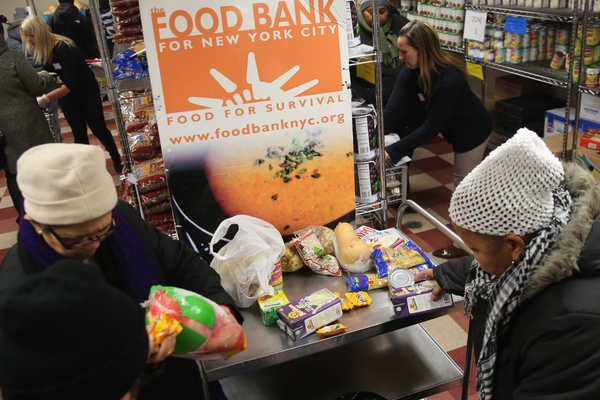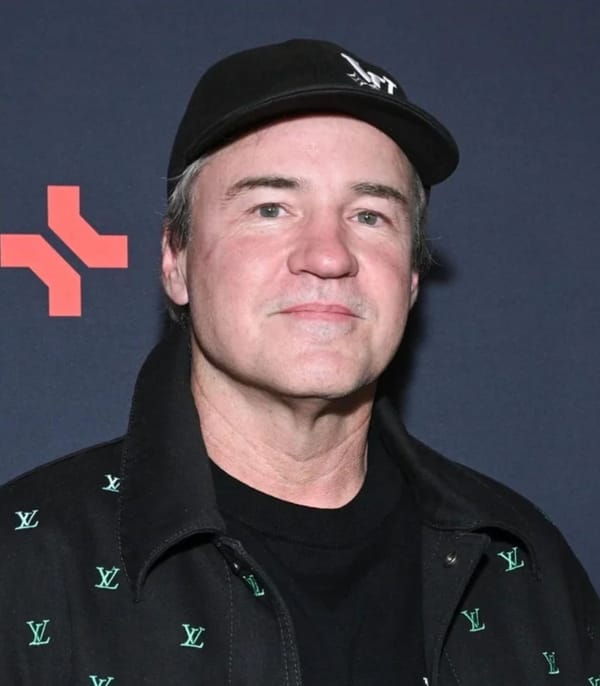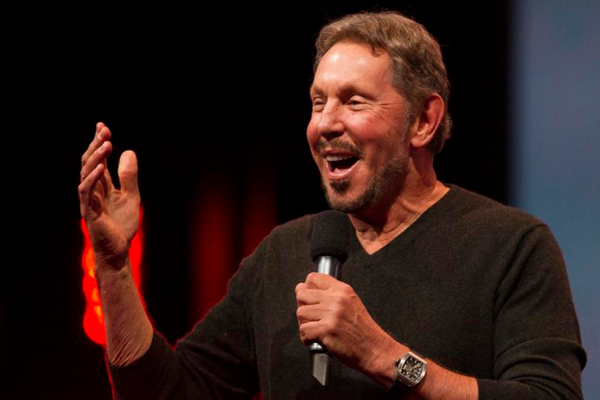Food Stamps, the country’s biggest anti-hunger lifeline, is about to collapse—and millions of Americans are staring down an empty November.
As the government shutdown stretches into its third week, 42 million people across the U.S. could lose access to food stamps. According to Agriculture Secretary Brooke Rollins, the Supplemental Nutrition Assistance Program, better known as SNAP, is projected to run out of funds by November 1. She warned that “millions and millions” of families could soon be without food support.
The USDA, which runs SNAP, has told states that without a last-minute deal or emergency funding, full benefits can’t go out next month. With Thanksgiving around the corner and grocery costs still high, families who rely on the program are already bracing for what’s next.
Meanwhile, political blame is flying. The Trump administration and congressional Democrats are stuck in a standoff, leaving the country’s poorest households in limbo. The average recipient gets about $188 a month—barely enough to stretch between paychecks. SNAP’s emergency fund holds $6 billion, but it needs $8.1 billion to cover November’s payments. Without that, the USDA says benefits will stop entirely.
Food Stamps Benefits Affected By Shut Down
Seventeen states have already frozen new applications. In Pennsylvania and beyond, officials have warned that November payments might not arrive at all, fueling panic for families who depend on those deposits. Other programs like WIC, which supports mothers and infants, narrowly avoided collapse this month thanks to a $300 million transfer. SNAP, however, feeds six times as many people.
Even if funding returns, stricter rules are coming. Adults aged 18 to 64 without children will be required to work, volunteer, or train at least 20 hours a week—or risk losing benefits after three months. Veterans will also lose prior exemptions.
Food banks, churches, and mutual aid groups are scrambling to fill the void. Many states are urging residents to call 211 hotlines for emergency help.
SNAP has been around since 1961, feeding generations through recessions and political gridlock. Letting it collapse would mean breaking a fundamental promise: that no one in America should have to go hungry. The clock is ticking—and the stakes couldn’t be higher.







